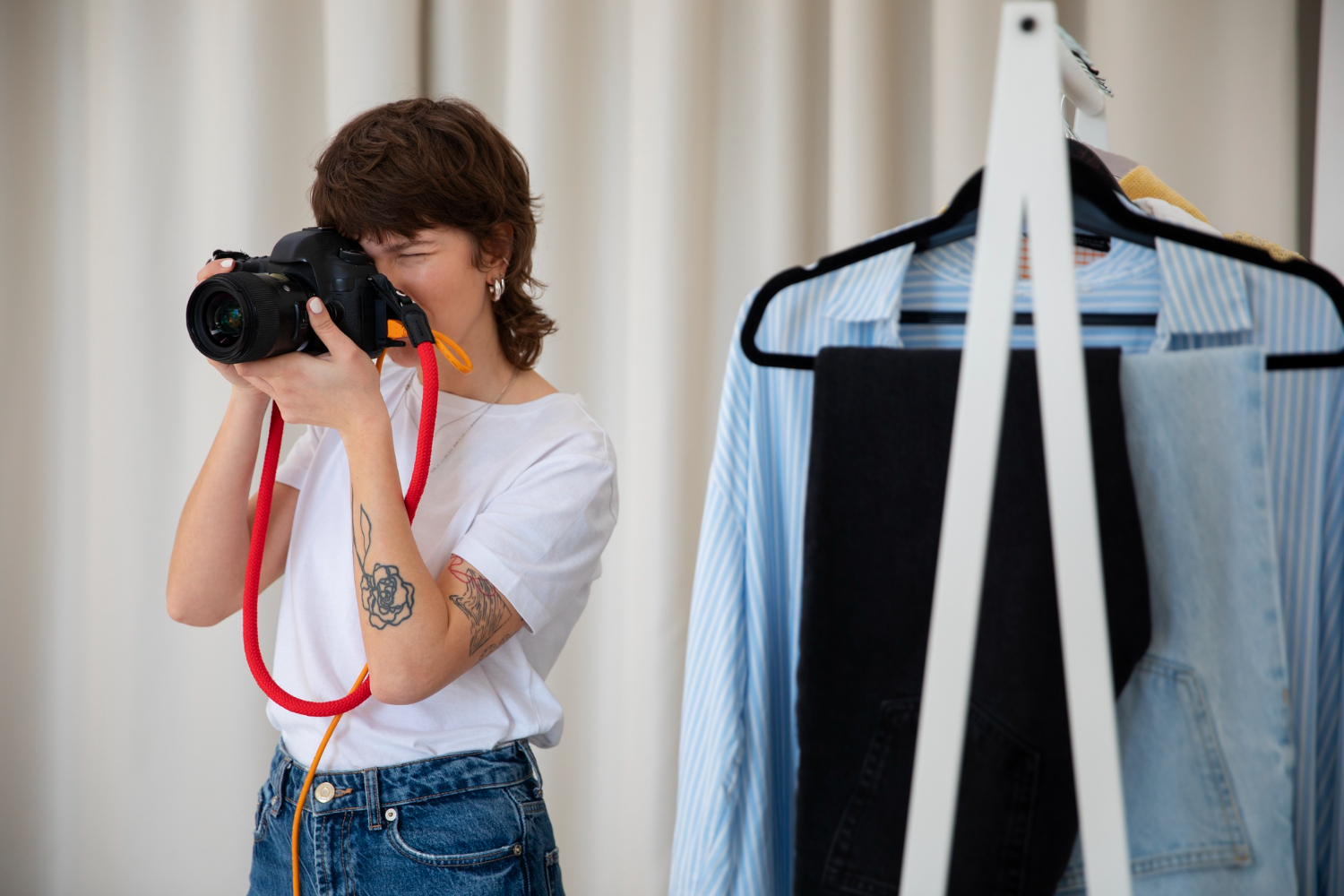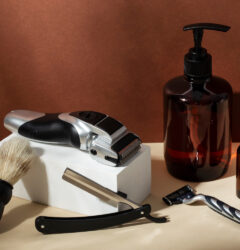24 Feb

|
Getting your Trinity Audio player ready...
|
Clothing photography is a skilled form of art that demands meticulous attention to detail and the utmost care. This is necessary to present your products in the best possible light. Recognizing the specifics of different clothing photography techniques is important for capturing the aesthetic of your clothing line.
This applies whether you’re an aspiring fashion photographer or a clothing supplier seeking to improve the turnover of your clothing store. In this article, we analyze the common mistakes to avoid during clothing photography sessions so that your pictures are unique and attractive to your target audience.
Table of Contents
Failure to Prepare Before the Shoot
A successful clothing photography session demands careful preparation to ensure that you have all the equipment and props that are required on hand. Ensures that your attire has been ironed and is wrinkle-free. Check that your shooting area is organized and free from clutter. You could choose to have the images taken for you in a studio but there may be an extra fee for every additional service. These services include ironing, styling, and removal of wrinkles. If you don’t prepare well enough, you risk wasting time and money, with the shoot resulting in a disappointing outcome.
Poor Lighting
Poor or overly bright illumination may result in bland hues, undesirable shadows, or an absence of texture clarity. Invest in good quality lighting equipment, which could include strobes or softboxes, to avoid making this kind of mistake. You should try out alternative lighting setups to get the optimum ratio of light to shadow in the images you take. Another great option for soft, diffused lighting is natural light, which is especially useful for outdoor clothing photography. Luckily, you can avoid lighting issues by outsourcing to professional clothing photography services to get it right with proper lighting. You can click for more info about one of the best service providers.
Failing to use a Mannequin or Model
Hiring professional models or using well-constructed mannequins in your clothing photography can help make your apparel seem more natural while offering your audience a more compelling visual experience. If a model or mannequin has not been used, customers may find it difficult to visualize the fit and style of the clothing, which may affect if they decide to purchase.
Not Taking Enough Shots
It’s easy to fall into the trap of taking a few pictures of each piece of attire and expecting the best in the frenetic world of clothing photography. However, this approach frequently yields poor results and missed opportunities. It is necessary to take multiple pictures from different angles, with a range of compositions and poses to be able to capture the ultimate shot. This provides you with a greater selection of images to choose from whilst editing, as well as raising your chances of capturing the ideal photo.
Using Inappropriate Camera Presets
The final phase of clothing photography is editing, which can improve or reduce the overall quality of your shots. A common mistake made by photographers is overediting their images, resulting in colours and textures that don’t look natural. Strive for a harmonious editing approach that emphasizes the inherent appeal of garments and maintains authenticity to stay clear of this. Avoid drastic adjustments that might adversely affect the appearance of the clothing and focus instead on creating minimal changes to exposure, colour balance, and contrast.
Conclusion
Being attentive to detail and remaining receptive to learning from mistakes are is for developing into an effective clothing photographer. You can take clothing photography to new heights and produce attractive images that resonate with your audience by avoiding common errors such as inadequate lighting, inadequate preparation, and unprofessional editing. If you constantly prioritize preparation, experimentation, and attention to detail, you’ll be well on your way to capturing photos that accurately convey the quality of your garments.


